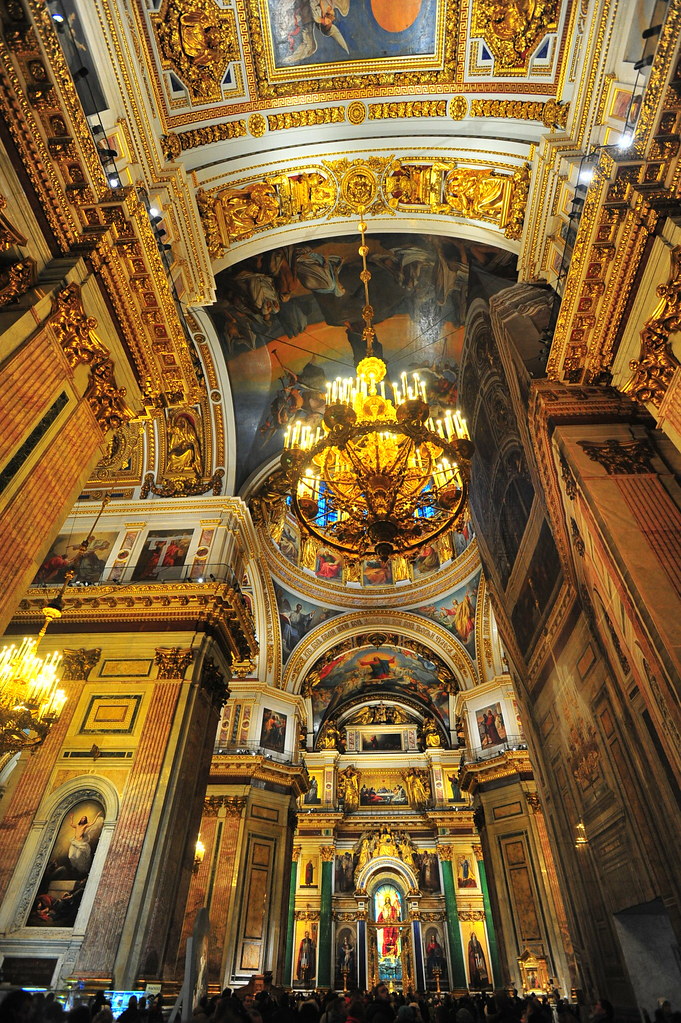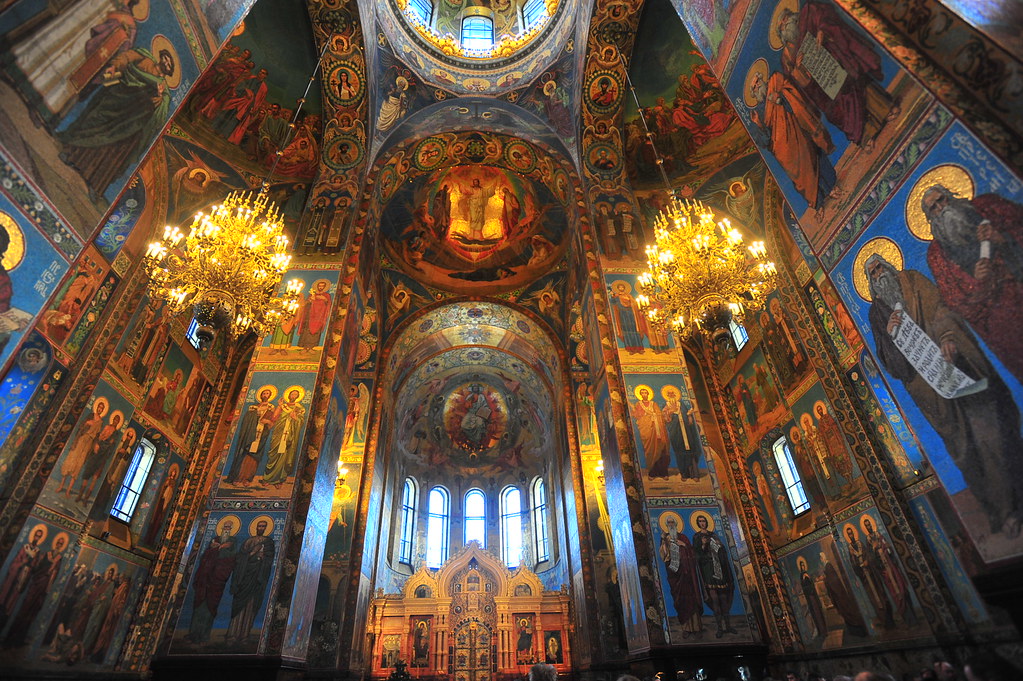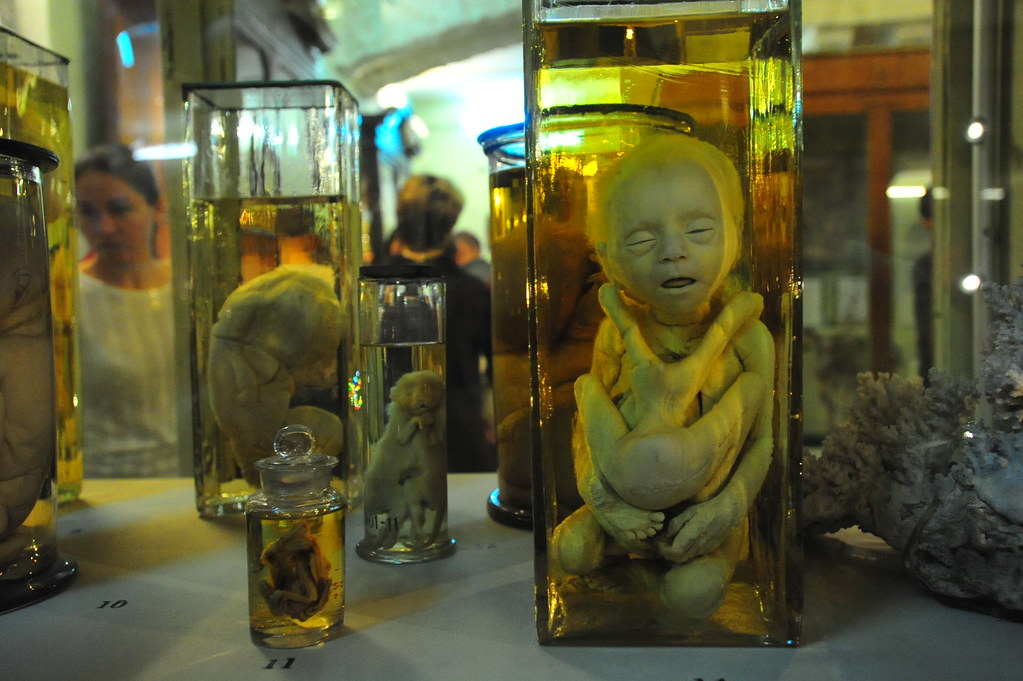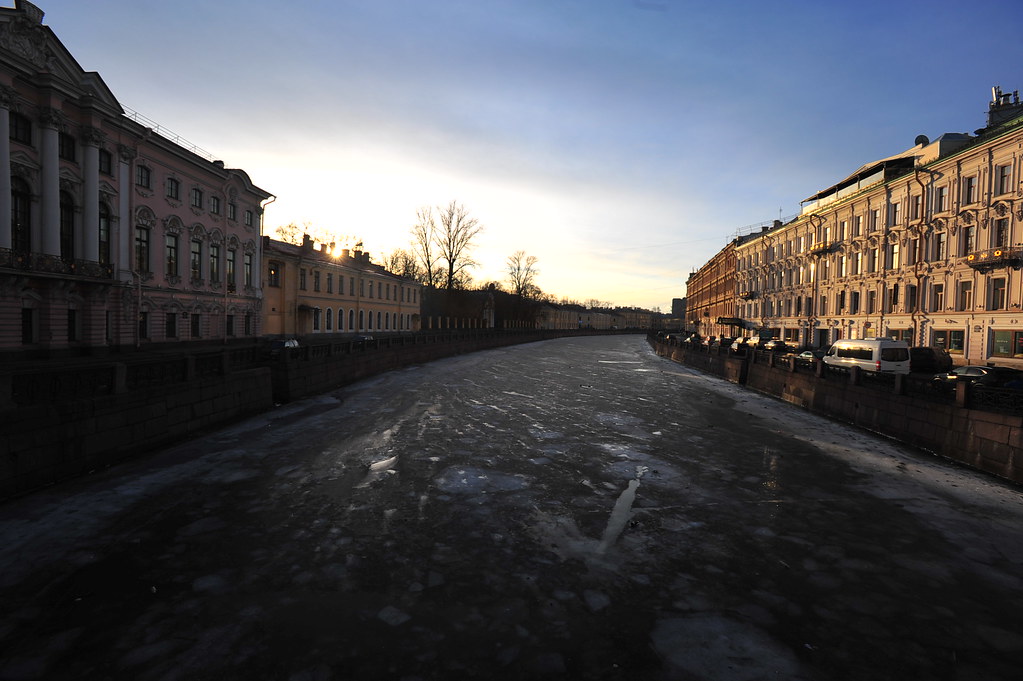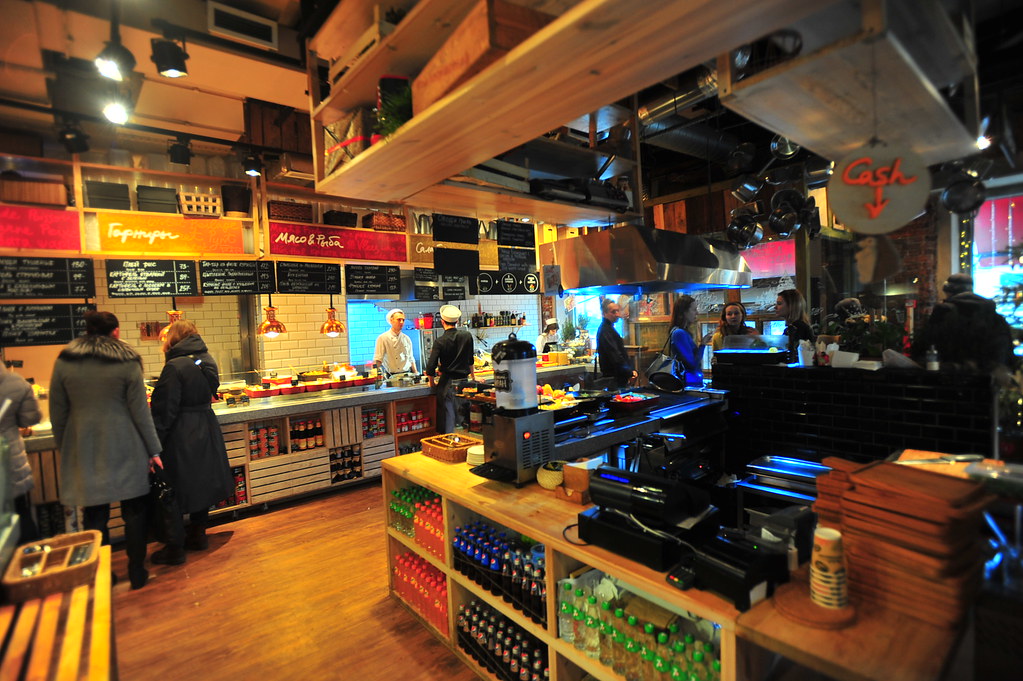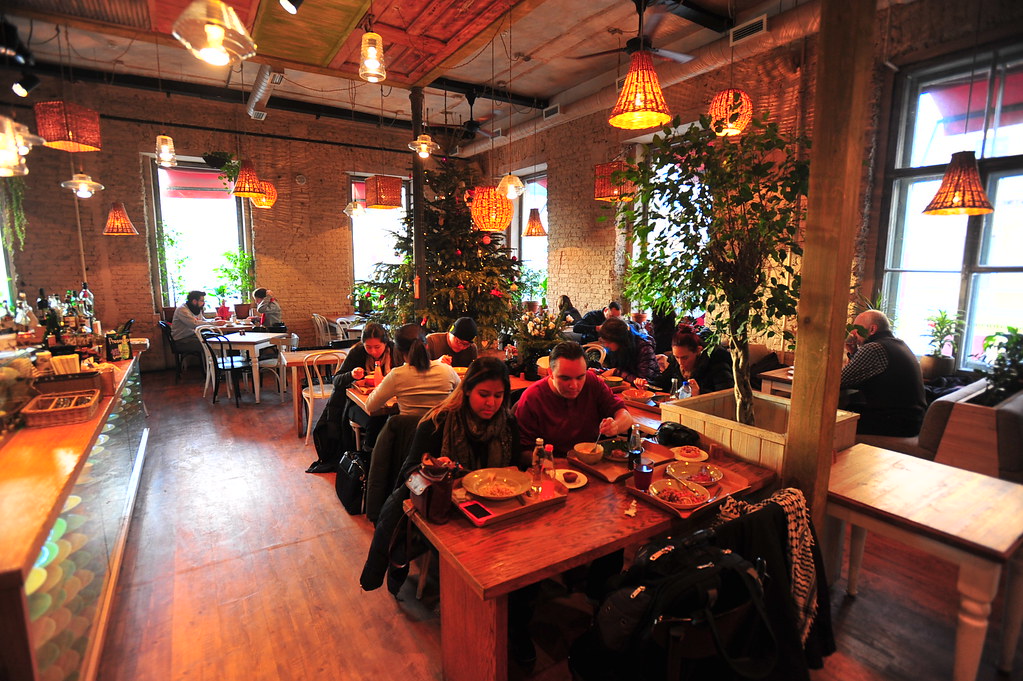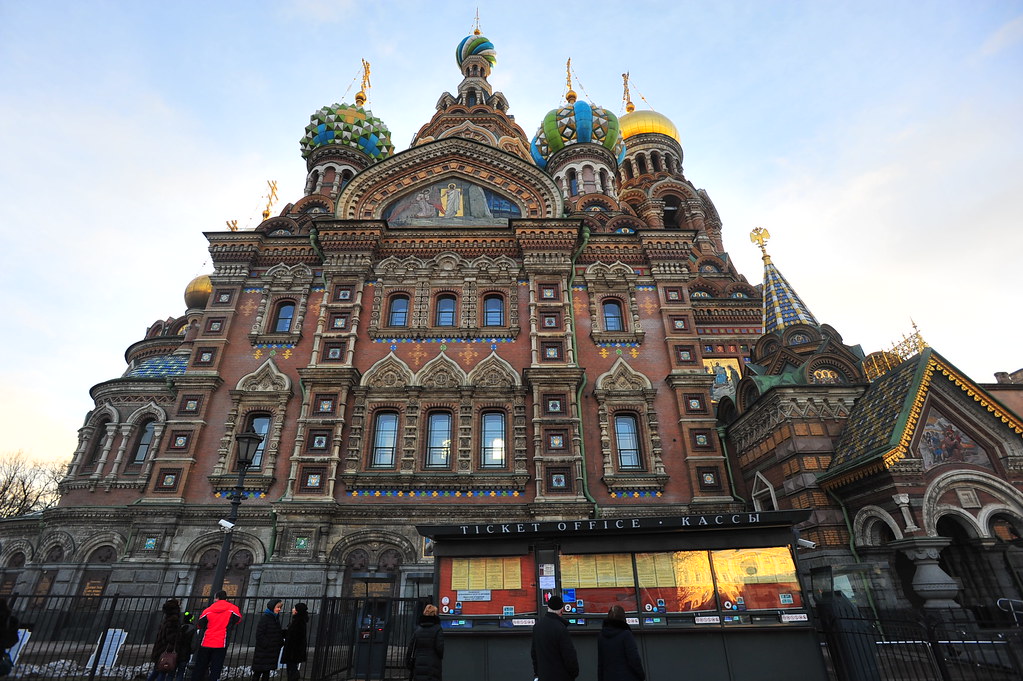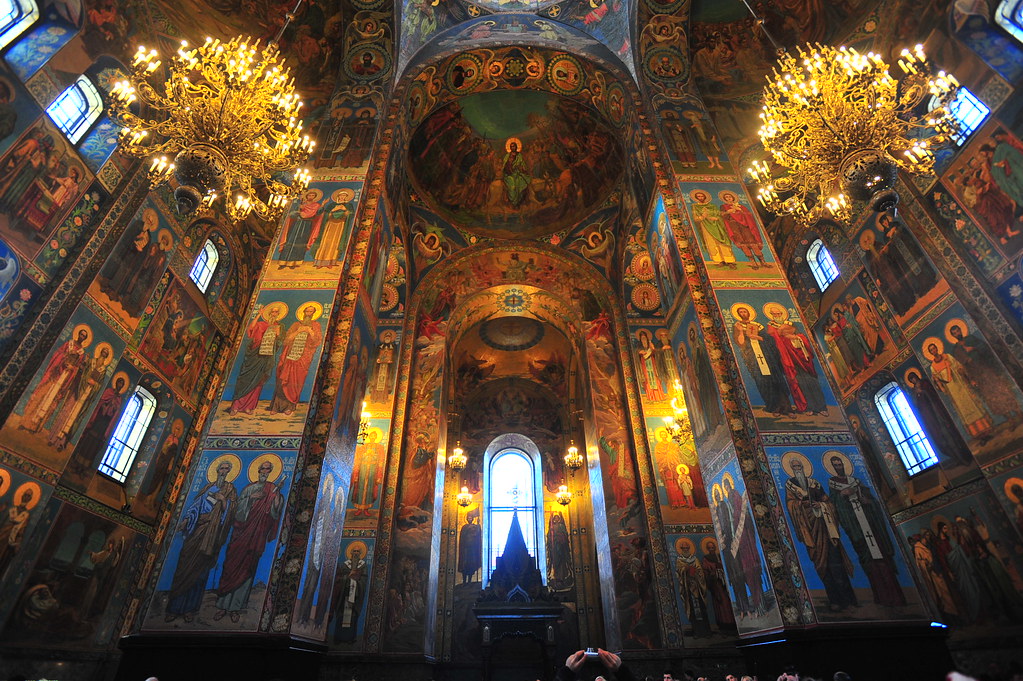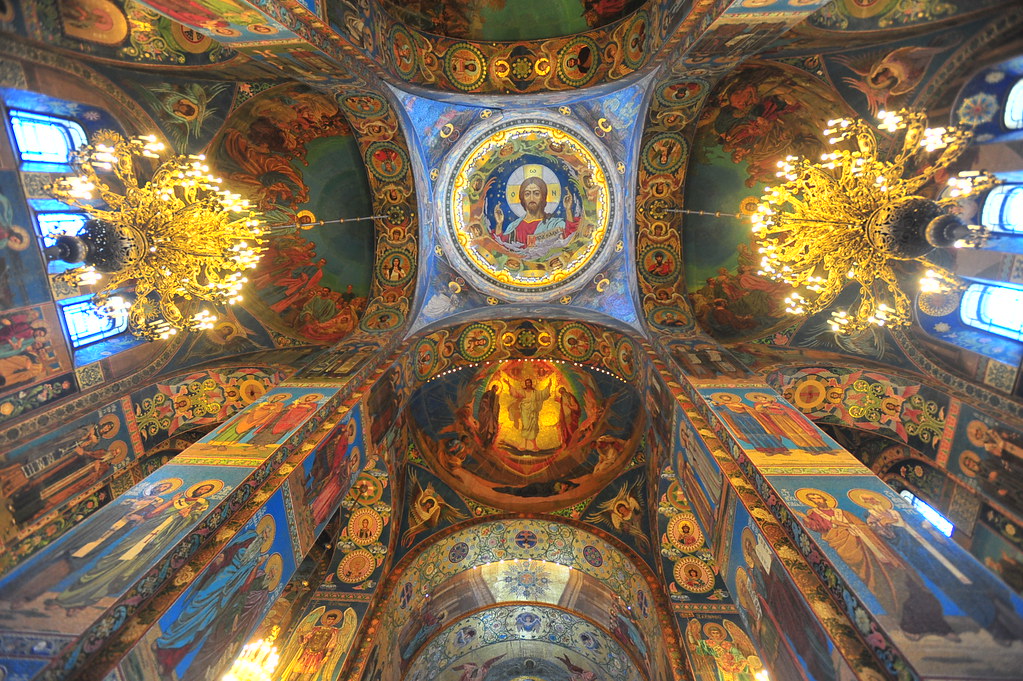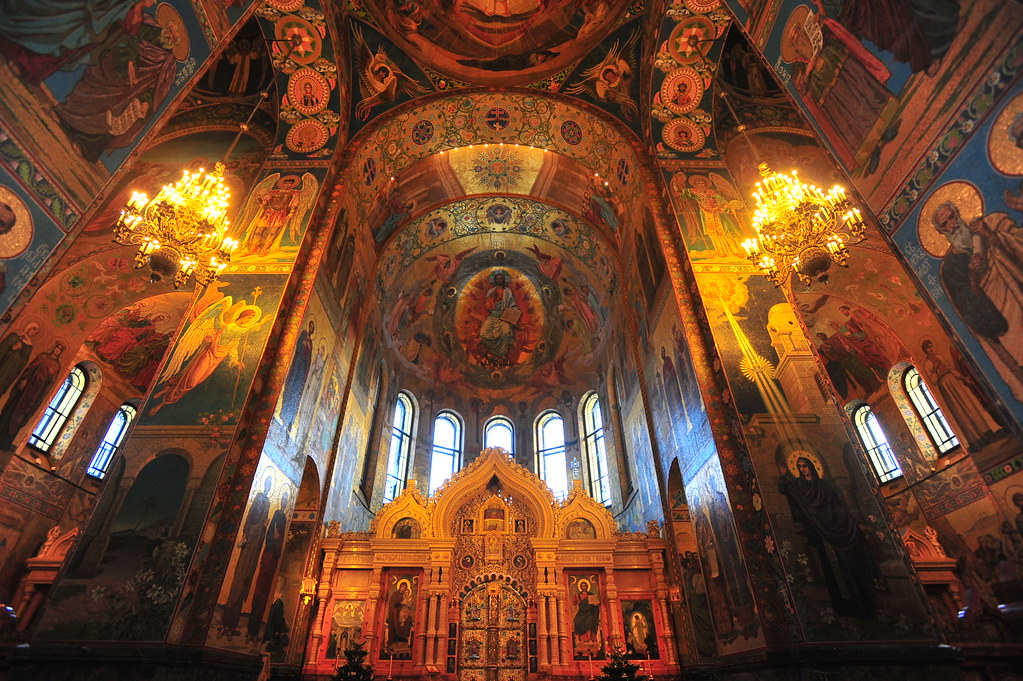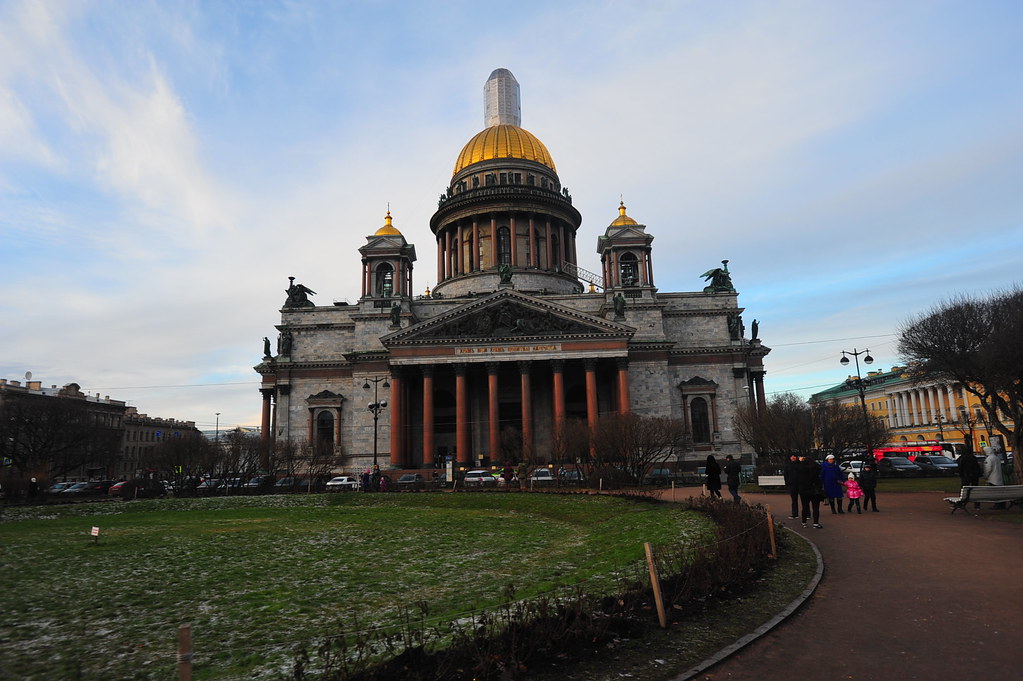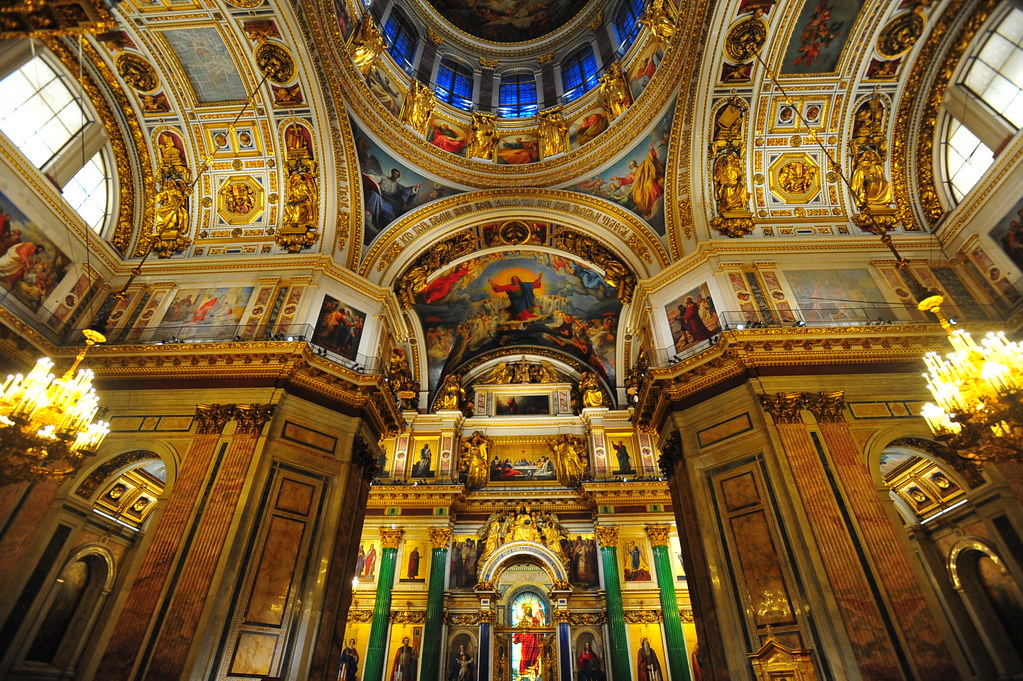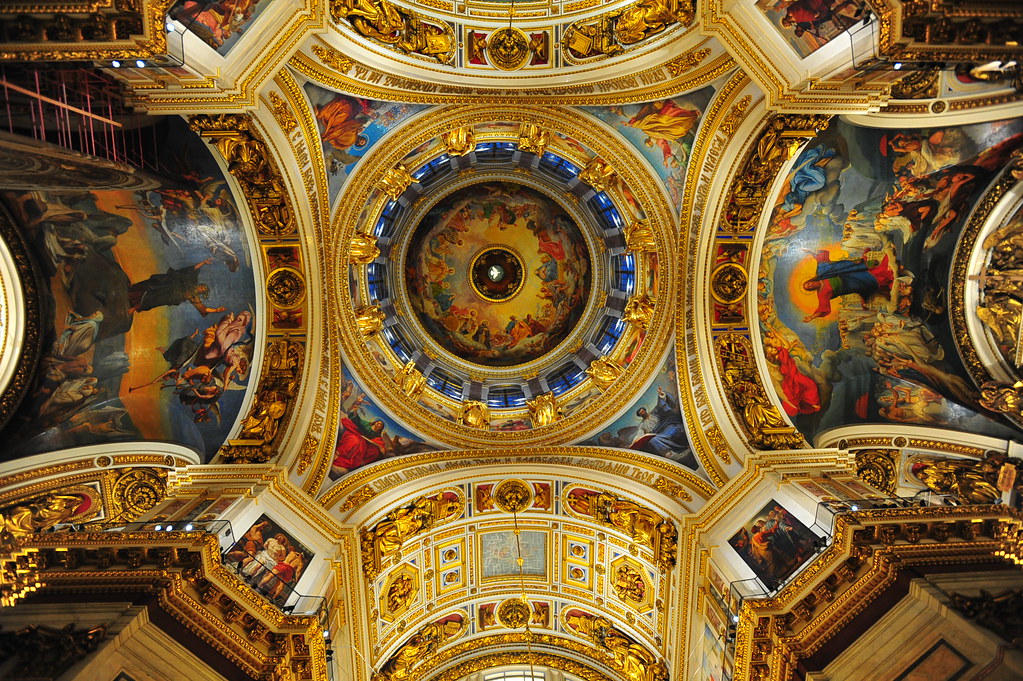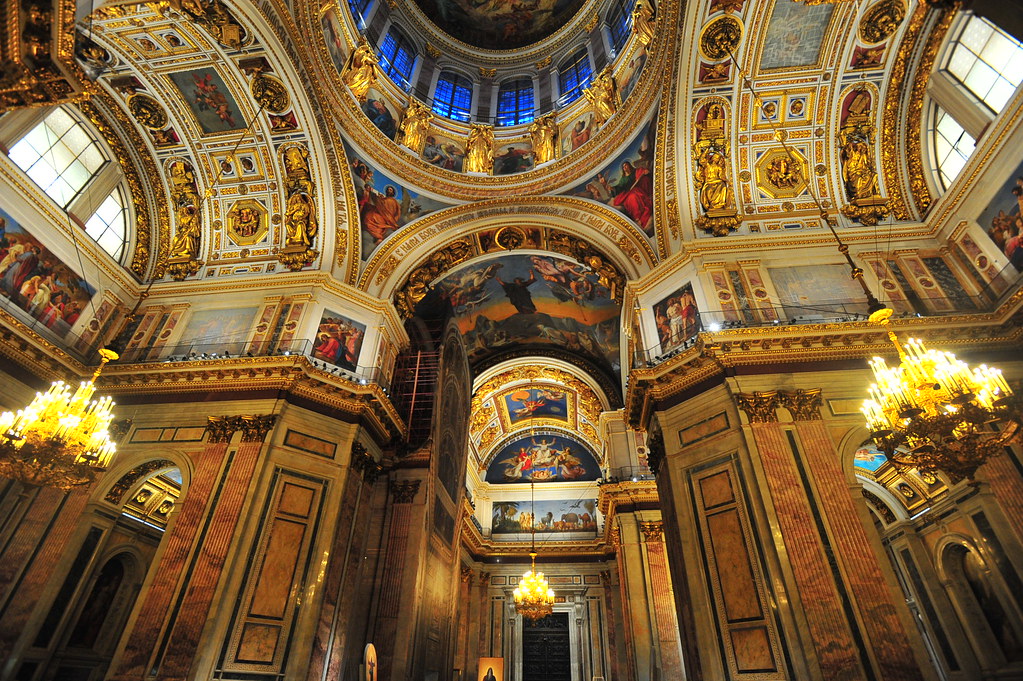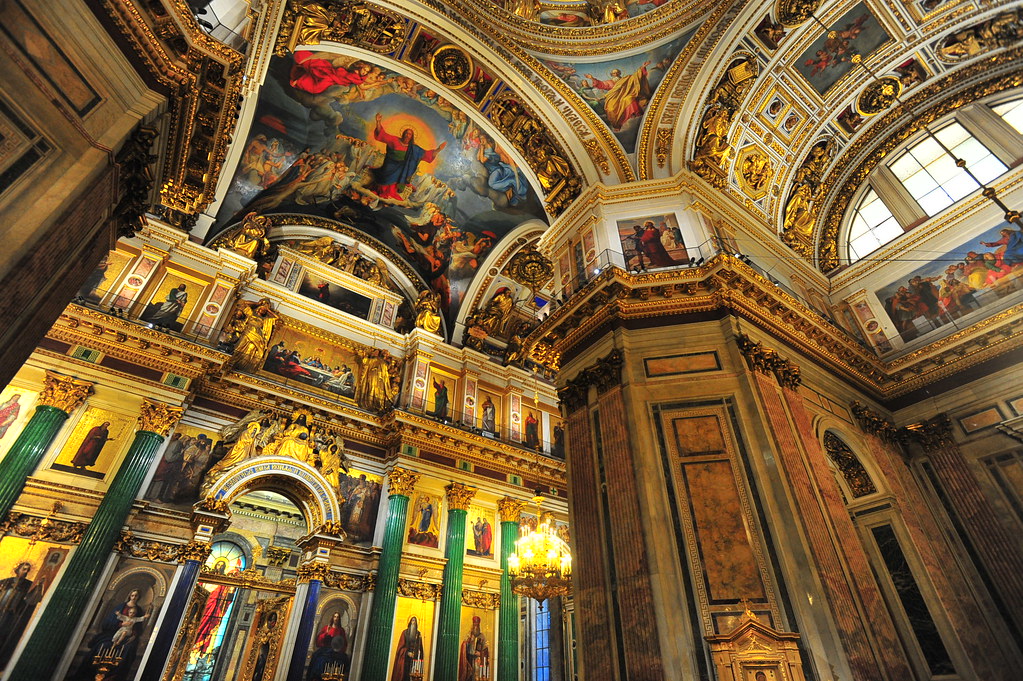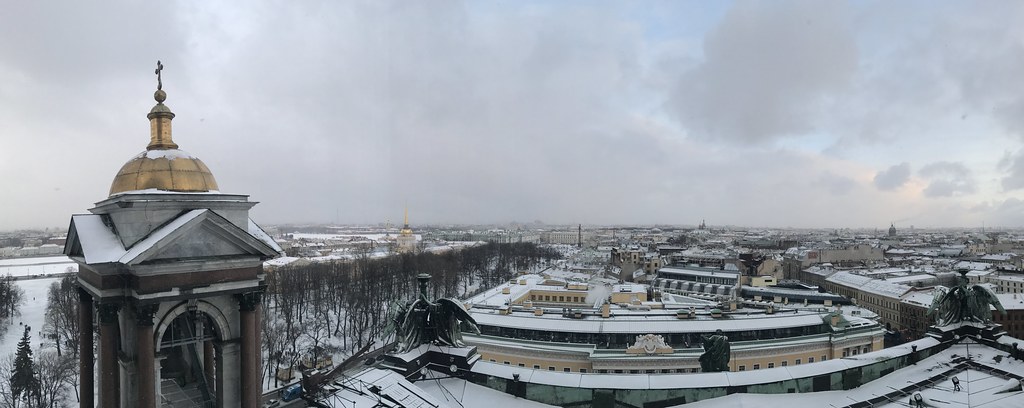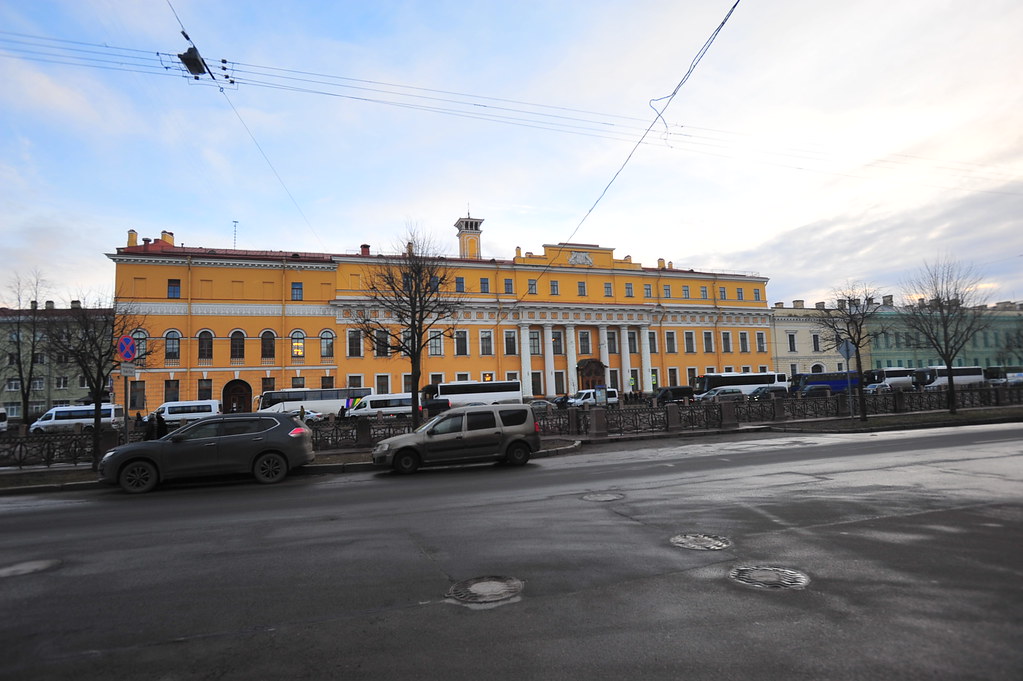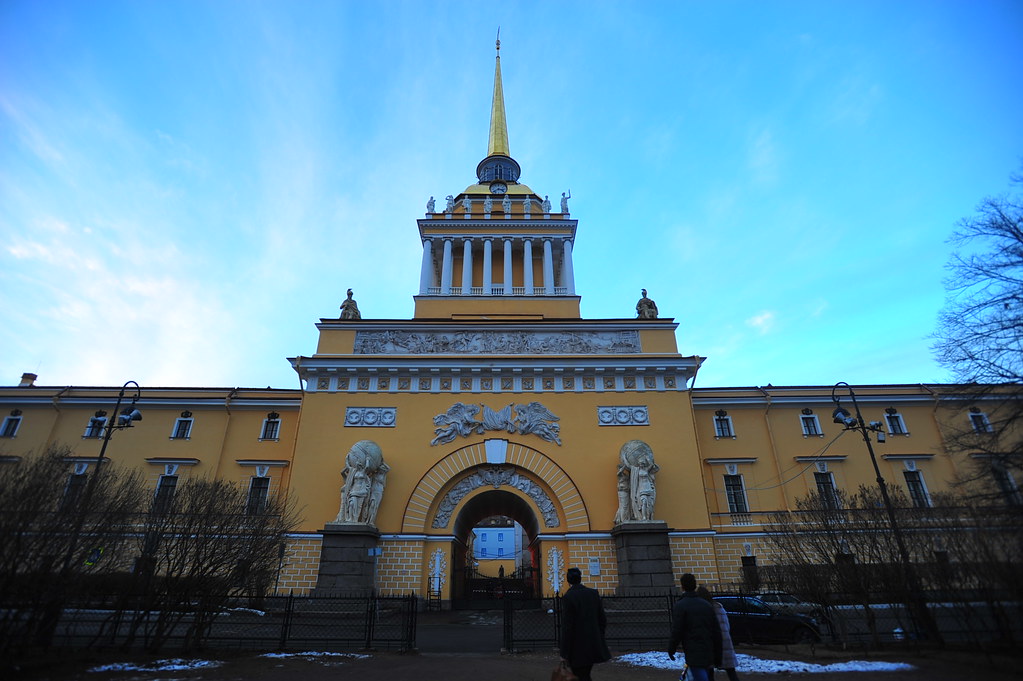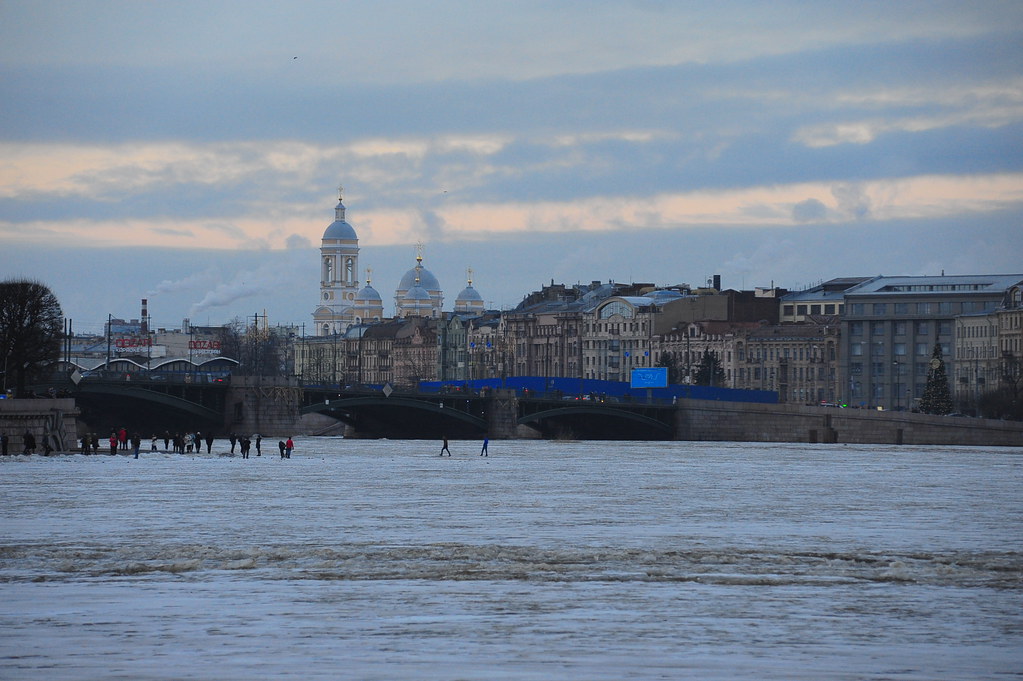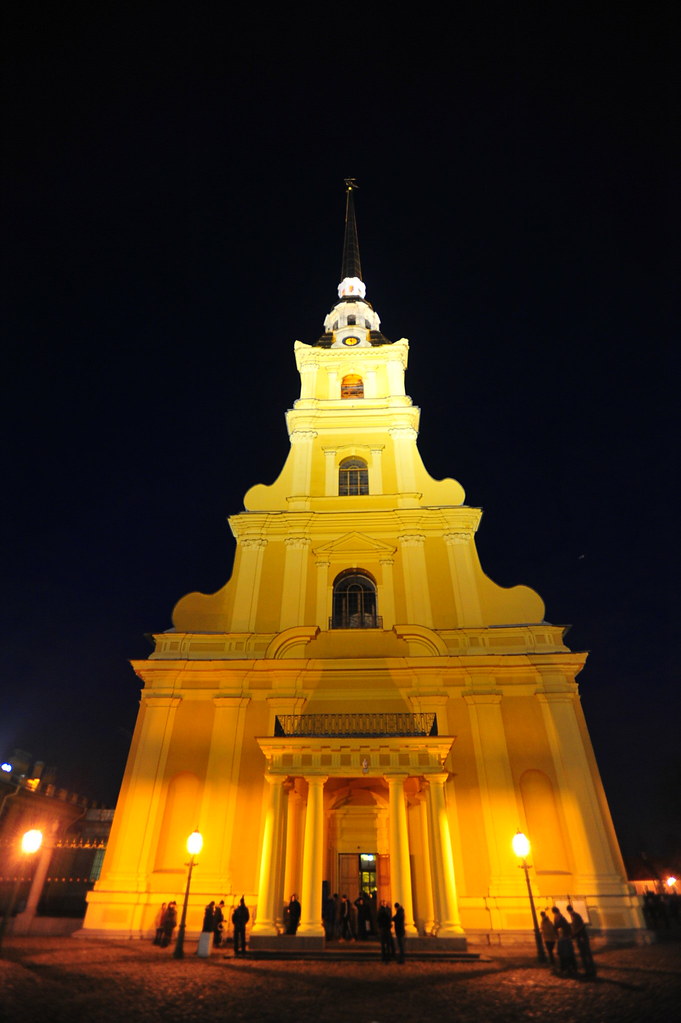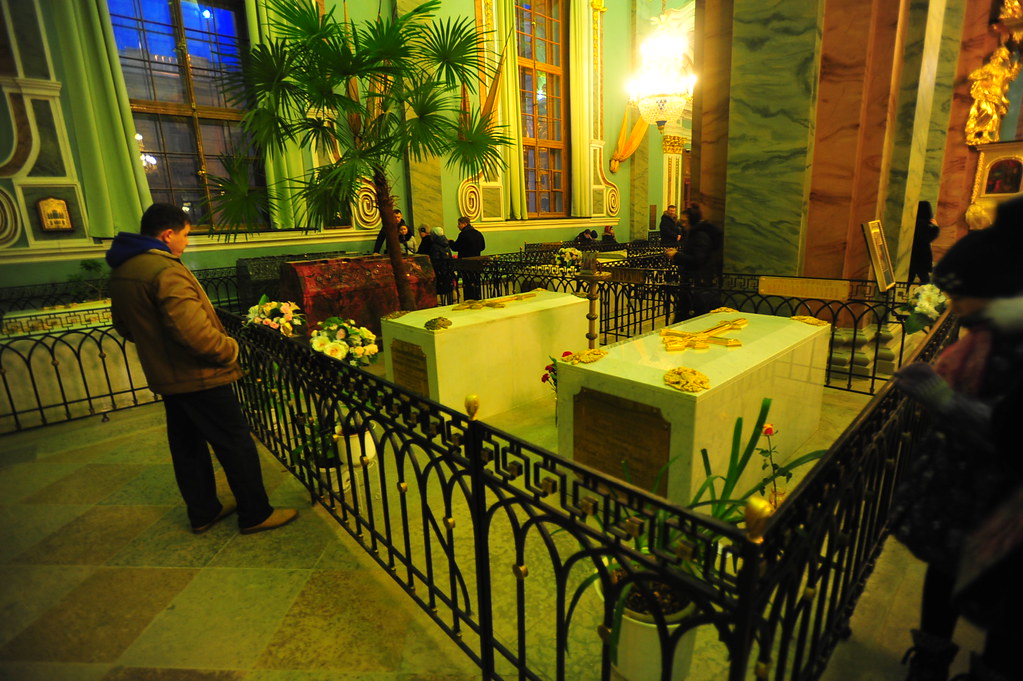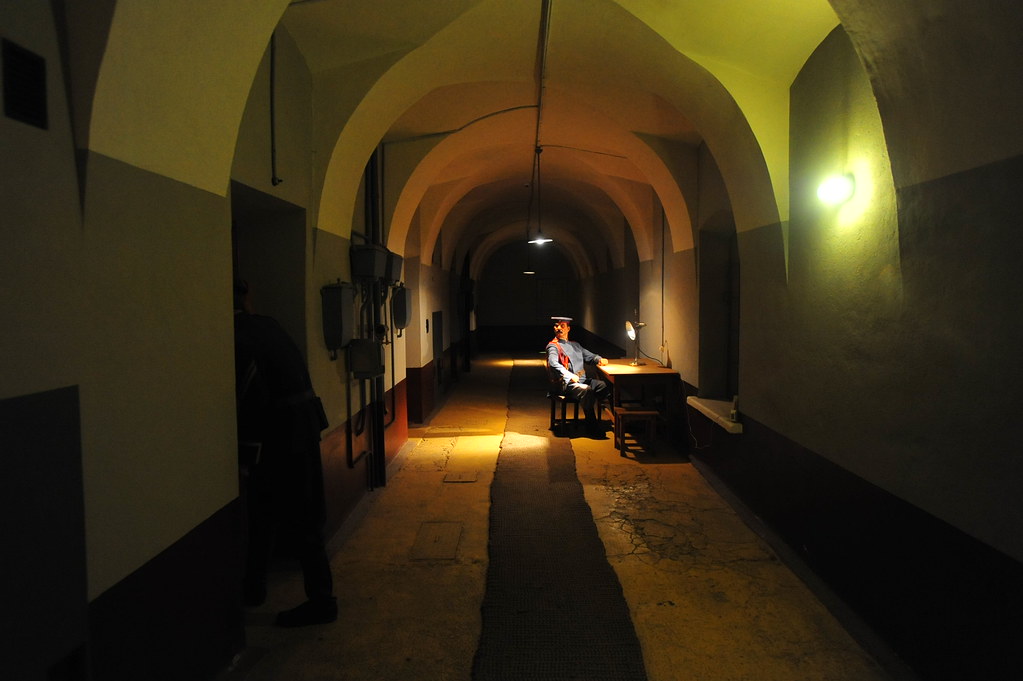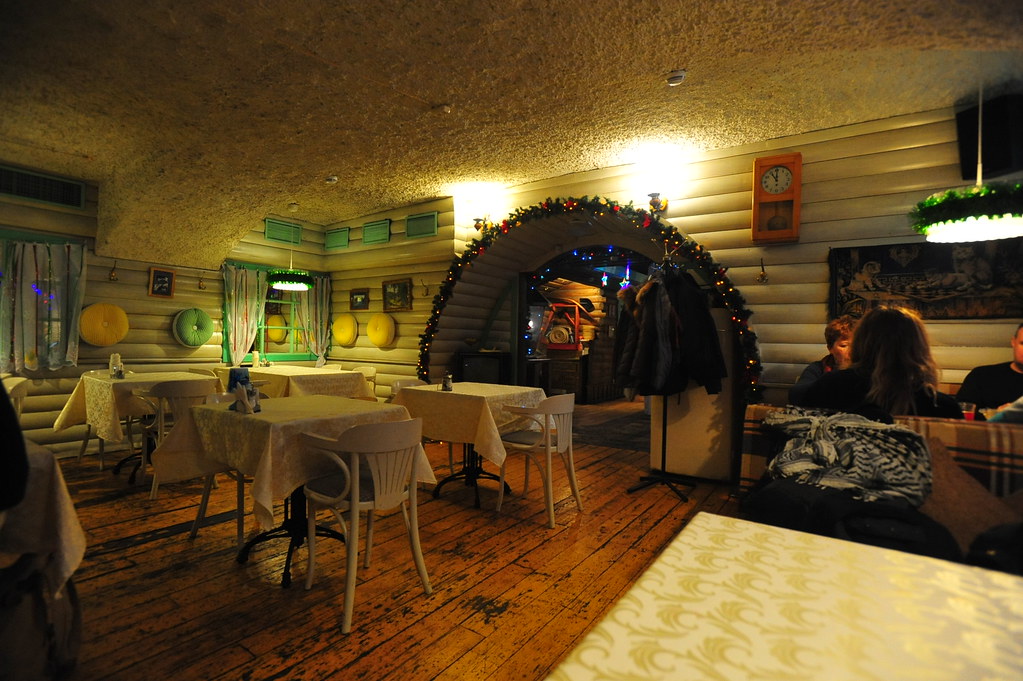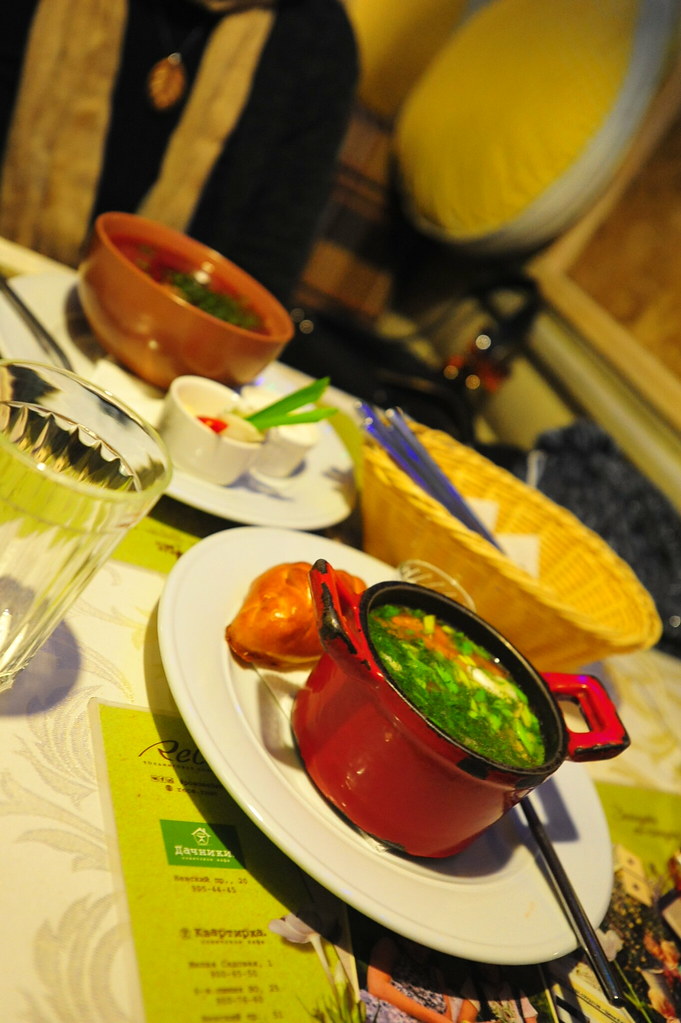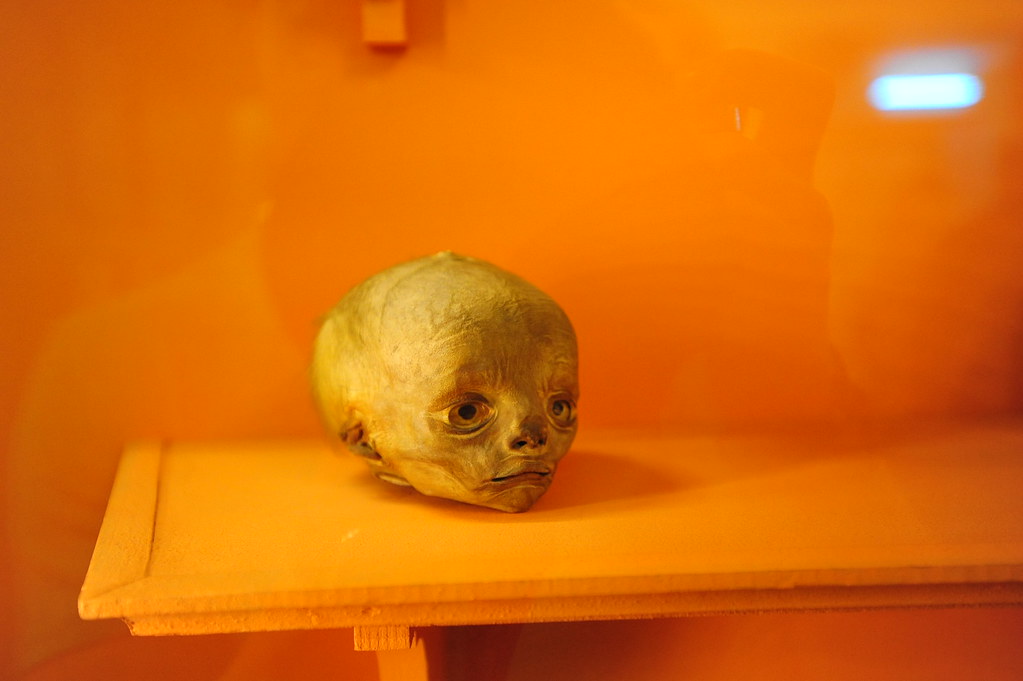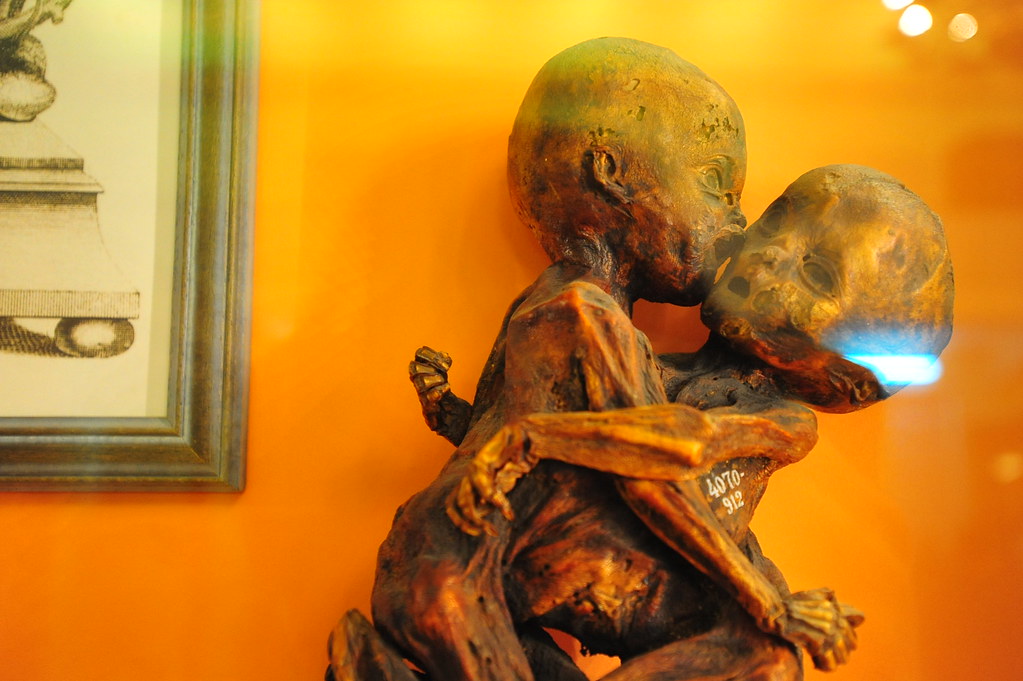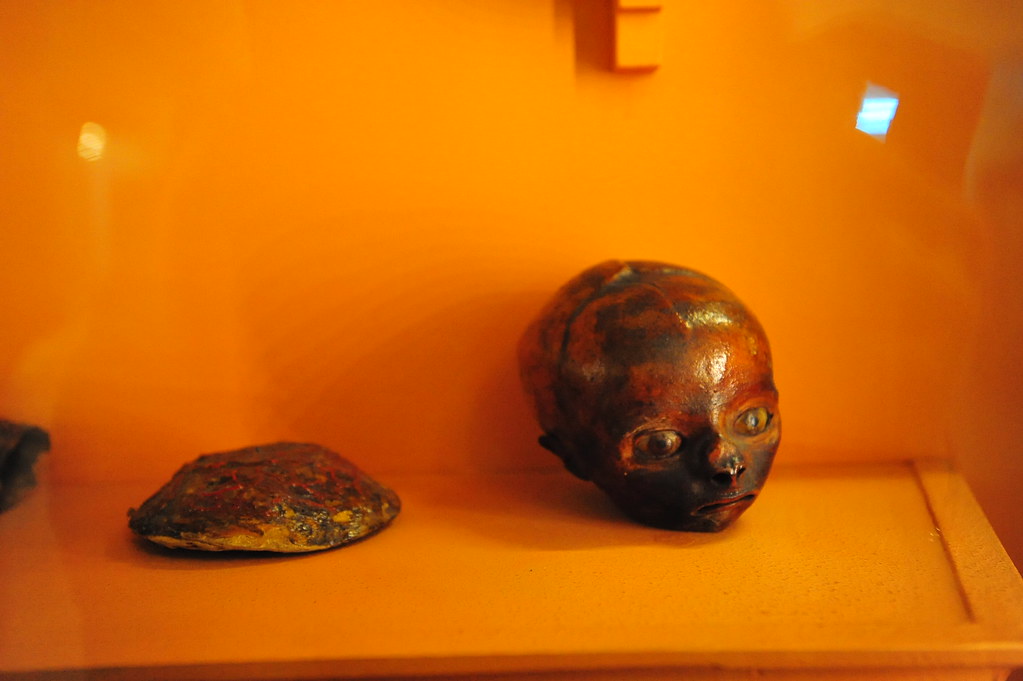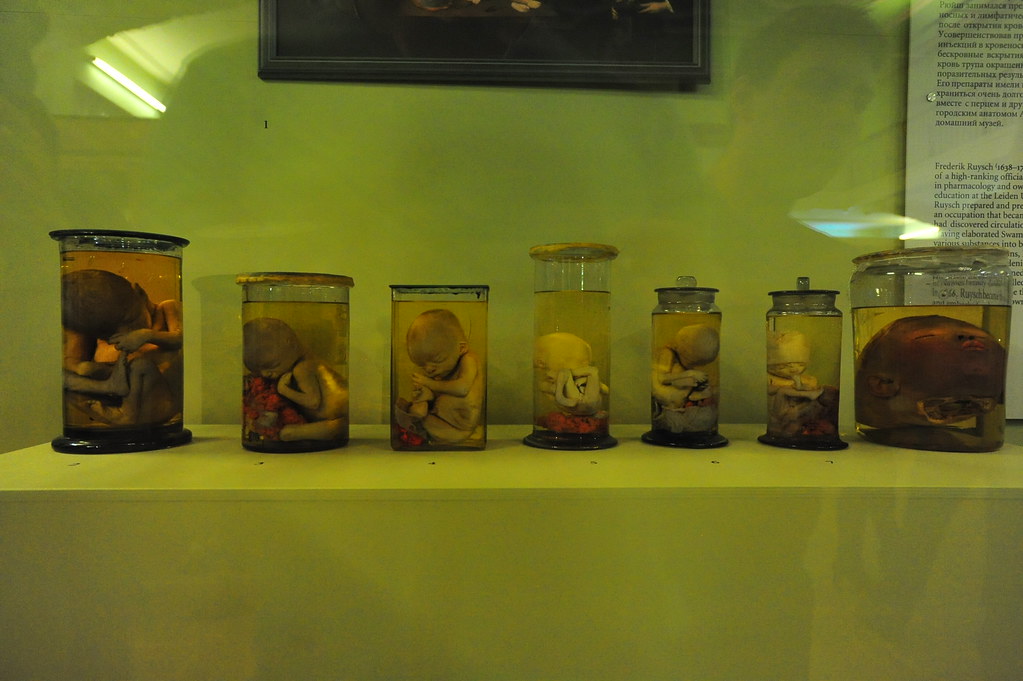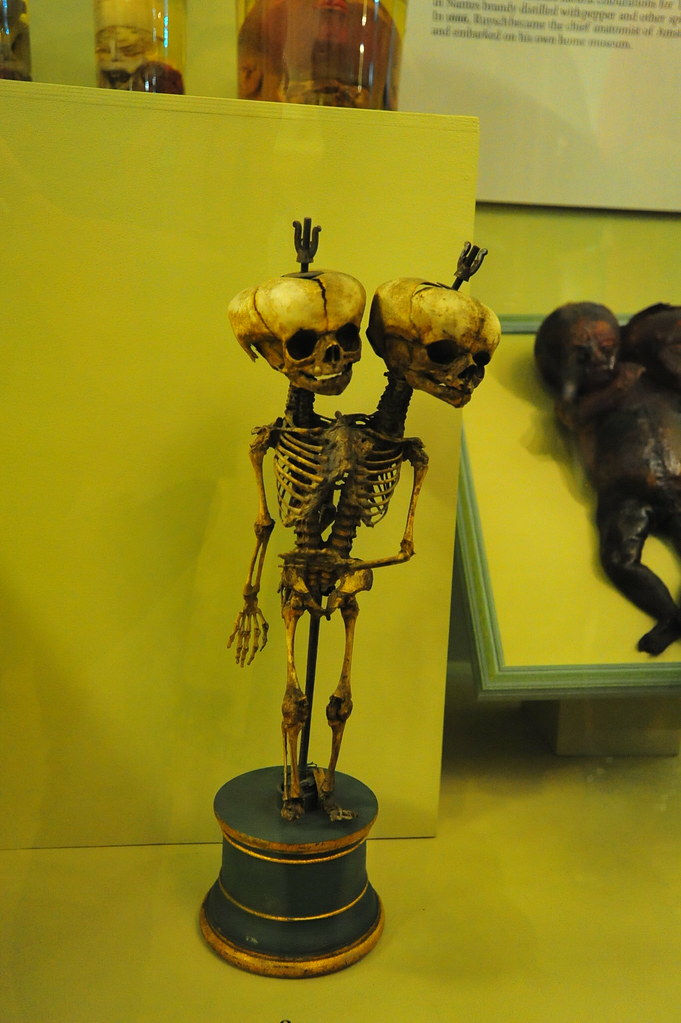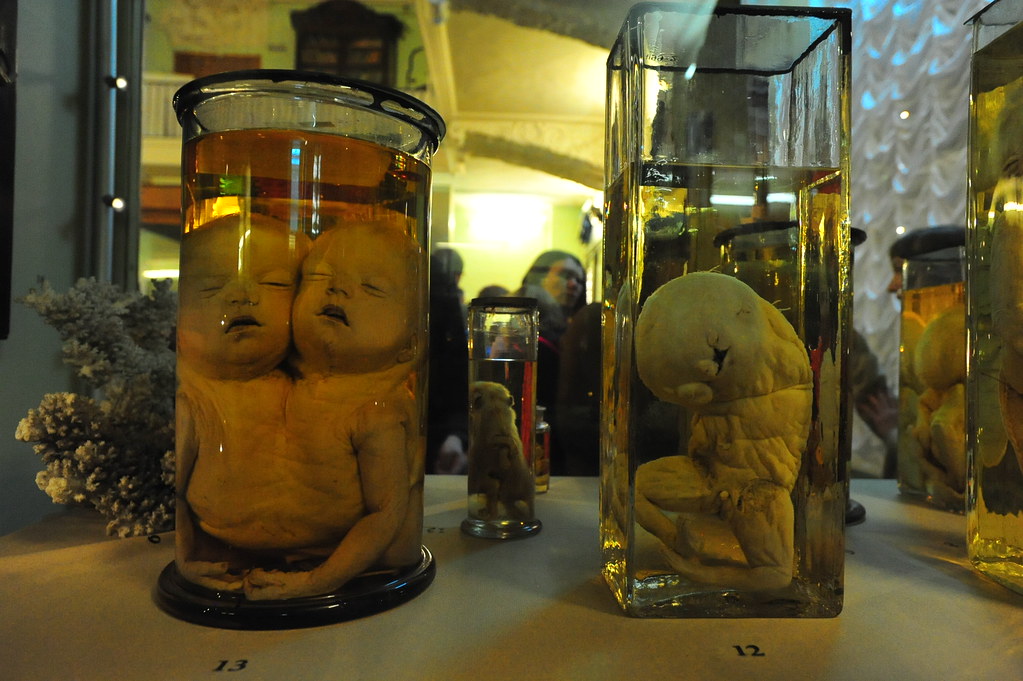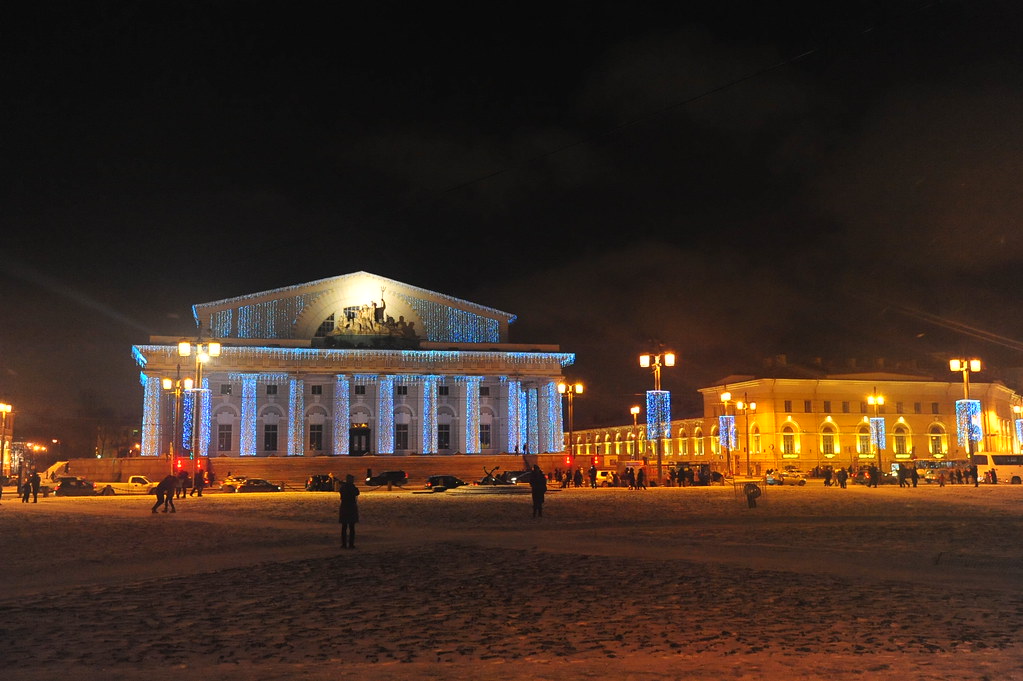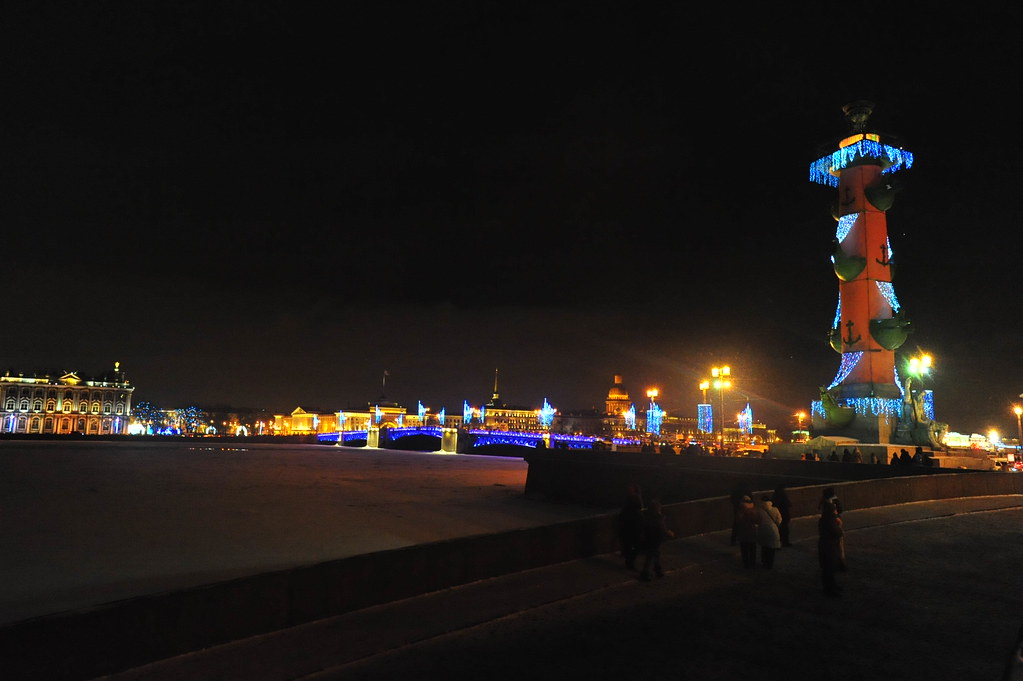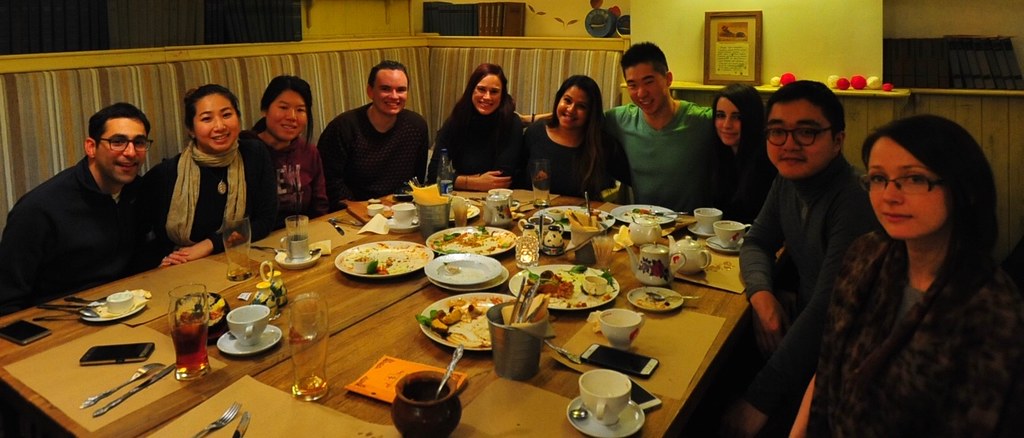A feast for the eyes.
Well maybe not this one:
After a day at The Hermitage and celebrating New Year’s Eve on the streets of Nevsky Prospekt, we slept in well into noon to begin our 14 mile trek around Saint Petersburg on Day 1, and exploring all the churches’ interiors on Day 2 (given that a lot of them except Kazan are closed on New Year’s Day).
We began with a notable brunch at Marketplace, a self-serve cafeteria that offers some amazing Russian food and a great way to get a local taste of Saint Petersburg and was highly recommended on Spotted By Locals (Thanks Melissa!).
Afterwards we walked 5 minutes across the street to Kazan Cathedral, built in 1811 by the finest Russian designers of the time. It beautifully combines Orthodox Christianity with Catholicism styles, creating this “Super-Christian” motif that can be found in every inch of its exterior and interior.
Mikhail Kutuzov, the Russian commander-in-chief largely credited for defeating Napoleon, is buried here.
We then headed to Church of Savior on the Spilled Blood, named after the assassination of Emperor Alexander II that occurred on its grounds.
This 5-domed marvel took 24 years to build and over 27 years to renovate after Soviet rule.
Don’t forget to go inside:
And look…
…up…
Then we swung by Mariinsky Palace, the last Neoclassical imperial palace constructed in Saint Petersburg, Russia:
Facing the palace on the opposite end of the street is St. Isaac’s Cathedral, Russia’s largest Russian Orthodox cathedral in the city, the largest orthodox basilica, and the 4th largest cathedral in the world.
Once again, go inside:
…and then climb the 264 steps to the 360º colonnade at the top to get sweeping views over the city:
After Saint Isaac’s, we headed down the canal for a 20 minute walk to Yusupov Palace, once the primary residence of the House of Yusupov and the infamous the site of Grigori Rasputin’s murder in the early morning of December 17, 1916.
If you’re not familiar with what happened, this was the famous story where Rasputin was poisoned with potassium cyadine and didn’t die, then shot 4 times in the head, kidney, and heart, and didn’t die, kicked in the head, and didn’t die, and then thrown into the river (at the site pictured below), after which it was suspected he wrestled free from his restraints and tried to swim out, only to eventually succumb to hypothermia.
Then we headed back to the Admiralty complex, the former headquarters of the Imperial Russian Navy and the current headquarters of the Russian Navy.
We took a 35 minute stroll around Admiralty and along the Bolshaya Neva river to reach the Peter and Paul Fortress, the original citadel of St. Petersburg, founded by Peter the Great in 1703.
This fortress also acted as the fail-safe nearby headquarters intended to destroy Admiralty in case Saint Petersburg would ever fall into the hands of the enemy.
If you come during the winter, try your luck at walking along the icy surfaces of the river:
You have to pay separately to enter any building in the fortress, but we got the combo deal for 600 rubles that gives you a ticket that accesses all the buildings here for 2 days. If you’re going in a group, they put the entire group on one ticket, so you have to go together.
The top sights in the fortress are the Saints Peter and Paul Cathedral, which houses the remains of nearly the entire lineage of Russian emperors and empresses from Peter the Great to Nicholas II and his family, who were finally laid to rest in July 1998. The entire Romanov family, who were executed by the Bolsheviks in Yekaterinburg on July 17th, 1918, and Catherine the Great, Empress of Russia for 34 years, are also buried here.
The other suggested place to visit in the fortress is the Trubetskoy Bastion, the main prison block.
Fyodor Dostoyevsky was imprisoned here, leading to his inspiration for his classic novel Crime & Punishment.
After 2 hours at the fortress, we walked across the street to the Mosque. It might seem closed, but if you walk around the corner to the parking lot, you can luck out with a friendly guard who will let you in for free.
The next morning we headed to Dachniki for lunch, a charming little place modeled after a Soviet dacha. It boasts the best borscht in the city.
The highlight afterwards was Kunstkamera, Russia’s very first museum that was built in 1727 by Peter the Great. It houses the Great Museum of Anthropology and Ethnography, with a collection of almost 2 million items.
Most people flock upstairs to see the morbidly fascinating catalog of human and animal fetuses with anatomical “variabilities”, preserved in vodka and vinegar.
Peter the Great himself sponsored this project for the edification of his people to understand these were not devil-inspired “monsters” per se but rather naturally occurring variances of the human condition.

Step outside the Kunstkamera at night to swing by the Spit of Vasilievsky Island and its adjacent Rostral Columns for a winter wonderland.
With that, it’s a wonderful group dinner at Yat Restaurant getting to know our new local friends Anna and Anastasia (thanks Tinder) before heading off on our overnight 11:55pm train to Moscow.
![]()


